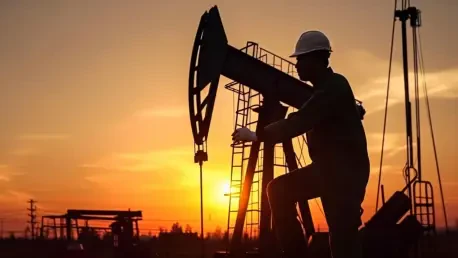
Amid complex global economic landscapes, understanding fuel prices amounts to a significant challenge. Factors such as rising U.S. petroleum consumption and Middle East tensions are pivotal in this volatile equation. The ongoing oscillation of oil prices offers a glimpse into the intricate

The landscape of the US coal industry has recently witnessed significant movement due to strategic approvals granted by governmental bodies aimed at reinforcing energy independence. These initiatives, focused on enhancing resource utilization, aim to reaffirm America's foothold in global energy
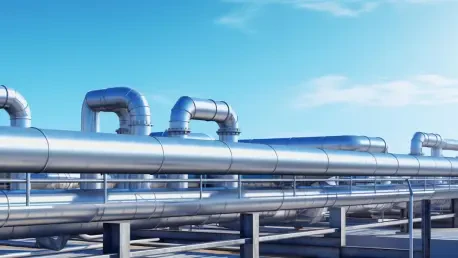
The European Union is on a decisive path to end its dependence on Russian gas by 2027. This strategic transition is driven not only by recent geopolitical tensions but also by the EU's ambition to reshape its energy matrix toward greater sustainability and autonomy. As this historic shift unfolds,
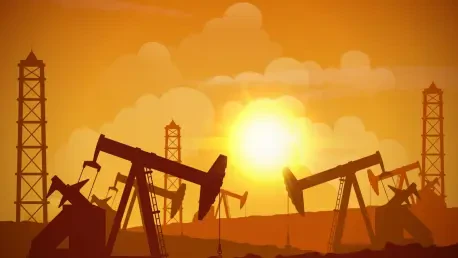
The global oil industry is witnessing seismic shifts, with India's strategic maneuvers capturing considerable attention. As the world's third-largest oil importer and consumer, India plays a pivotal role. Understanding crude oil processing trends is becoming increasingly crucial as economic
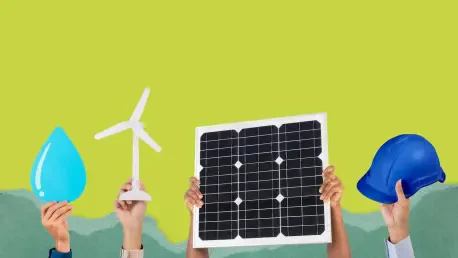
India's renewable energy sector has experienced remarkable growth, marking its most rapid expansion since 2022, with a 24% increase in the first half of 2025. This development reflects a significant shift in the country's energy consumption patterns as it moves toward cleaner power sources. This
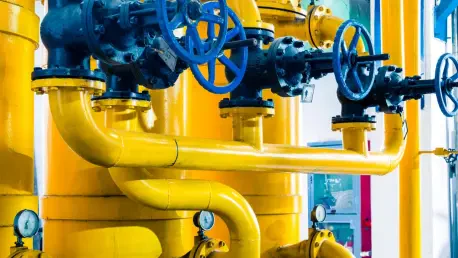
When winter hits Japan, the nation's energy demands spike dramatically, sparking significant concerns about supply adequacy. In recent years, Tokyo found itself on high alert to guarantee that heating systems function smoothly during the coldest months. Thus, a groundbreaking agreement between